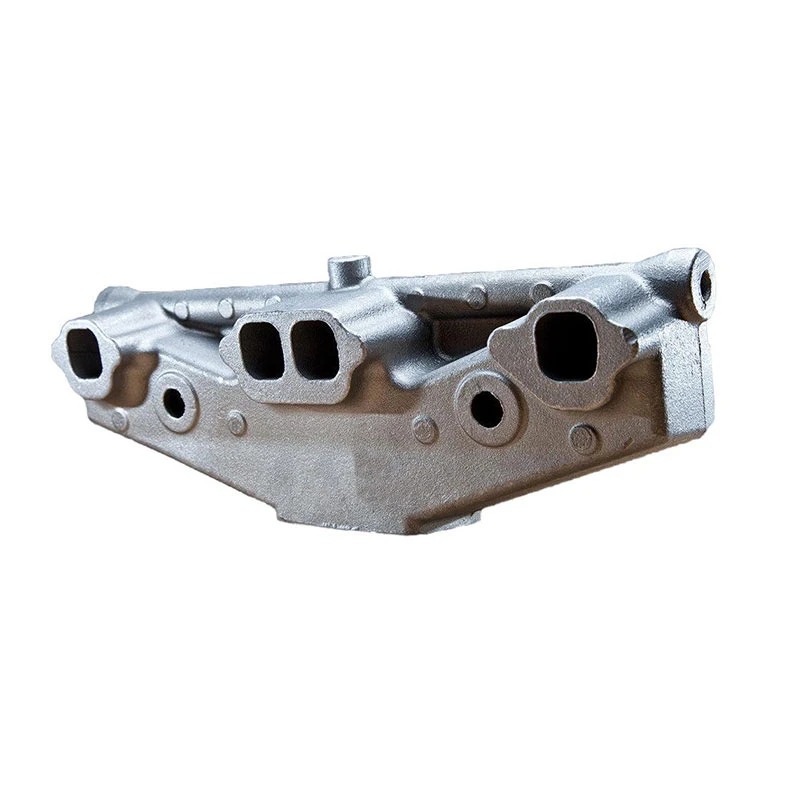Automotive Components Manufacturing Through Advanced Die Casting Techniques for Optimal Performance
Understanding Automotive Parts Die Casting Advantages and Applications
Die casting is a manufacturing process widely utilized in the automotive industry to produce high-quality metal parts with precise dimensions. Specifically, the use of die casting in creating automotive parts has gained prominence due to its superior benefits, including cost efficiency, durability, and design flexibility. This article delves into the intricacies of automotive parts die casting, exploring its advantages and diverse applications within the automotive sector.
The Die Casting Process
Die casting involves forcing molten metal into a mold, known as a die, under high pressure. The metal fills the mold cavity and solidifies, resulting in intricate and accurately dimensioned components. Common metals used in die casting include aluminum, zinc, and magnesium, each offering unique properties such as lightweight, corrosion resistance, and thermal conductivity.
The process is typically divided into two main types hot chamber and cold chamber die casting. Hot chamber die casting is suitable for metals with low melting points, allowing for faster production rates, while cold chamber die casting is used for metals with higher melting points, offering greater versatility in terms of the materials that can be processed.
Advantages of Die Casting in the Automotive Sector
1. Precision and Complexity Die casting allows for the production of complex geometries and precise tolerances in automotive parts. This capability is essential for components such as engine blocks, transmission housings, and structural supports that require accurate fit and performance.
2. Cost-Effectiveness While the initial setup costs for die casting may be high, the long-term benefits outweigh this investment. Mass production of die cast components leads to lower per-unit costs, making it an economically viable solution for automotive manufacturers.
3. Weight Reduction With the automotive industry moving towards lightweight materials to enhance fuel efficiency and performance, die casting provides an avenue for producing lightweight parts without compromising strength or durability.
4. Surface Finish and Aesthetics The die casting process yields components with excellent surface finishes, often requiring little to no secondary machining. This not only enhances the aesthetic appeal of automotive parts but also reduces finishing costs.
automotive parts die casting

Applications in the Automotive Industry
Die casting is utilized in a myriad of applications within the automotive industry. Some notable uses include
- Engine Components Parts such as cylinder heads, oil pans, and valve covers are often produced through die casting, ensuring optimal performance and durability.
- Transmission Cases The precision and strength of die-cast aluminum and magnesium make them ideal for transmission housings, which must endure significant mechanical stress.
- Structural Supports Die casting is used to manufacture structural components that require both lightweight and high-strength characteristics, contributing to vehicle safety and performance.
- Decorative Parts Consumer preferences often lean towards aesthetically pleasing vehicles, and die casting allows for the production of detailed and attractive components, such as trim and decorative accents.
Conclusion
In conclusion, automotive parts die casting is a critical manufacturing process that enables the production of high-quality, precision-engineered components essential for modern vehicles. With its numerous advantages, including cost efficiency, design flexibility, and the ability to produce lightweight, durable parts, die casting has established itself as a preferred method in the automotive industry. As technology advances, the potential for even greater innovations in die casting processes and applications continues to grow, offering exciting prospects for the future of automotive manufacturing.
-
OEM Sand Cast Pump Valve Fittings - Baoding Hairun | Precision Engineering, CustomizableNewsJul.30,2025
-
OEM Sand Cast Pump Valve Fittings - Baoding Hairun Machinery And Equipment Trading Co., Ltd.NewsJul.30,2025
-
OEM Sand Cast Pump Valve Fittings - Baoding Hairun Machinery And Equipment Trading Co., Ltd.NewsJul.30,2025
-
OEM Sand Cast Pump Valve Fittings - Baoding Hairun Machinery|Precision Engineering&Fluid ControlNewsJul.30,2025
-
OEM Sand Cast Pump Valve Fittings - Baoding Hairun Machinery And Equipment Trading Co., Ltd.NewsJul.30,2025
-
OEM Sand Cast Pump Valve Fittings-Baoding Hairun Machinery And Equipment Trading Co., Ltd.NewsJul.30,2025















